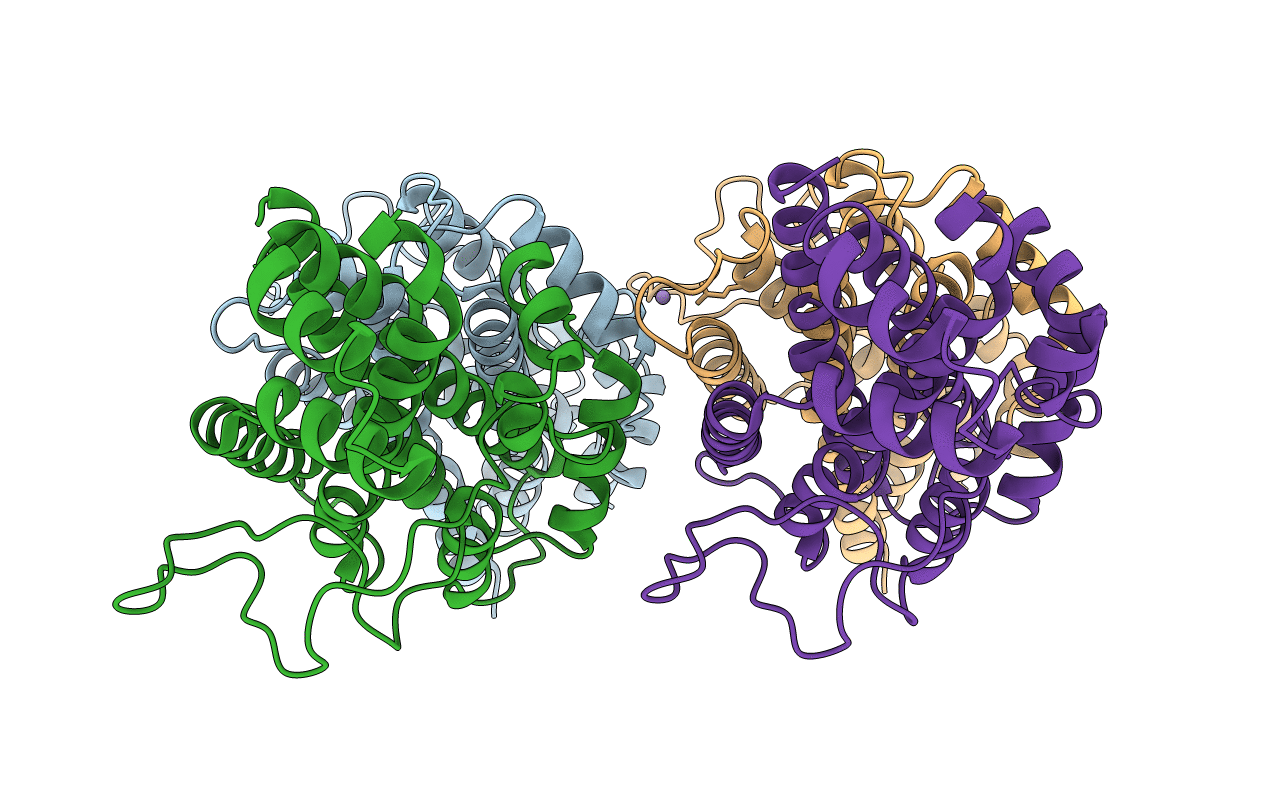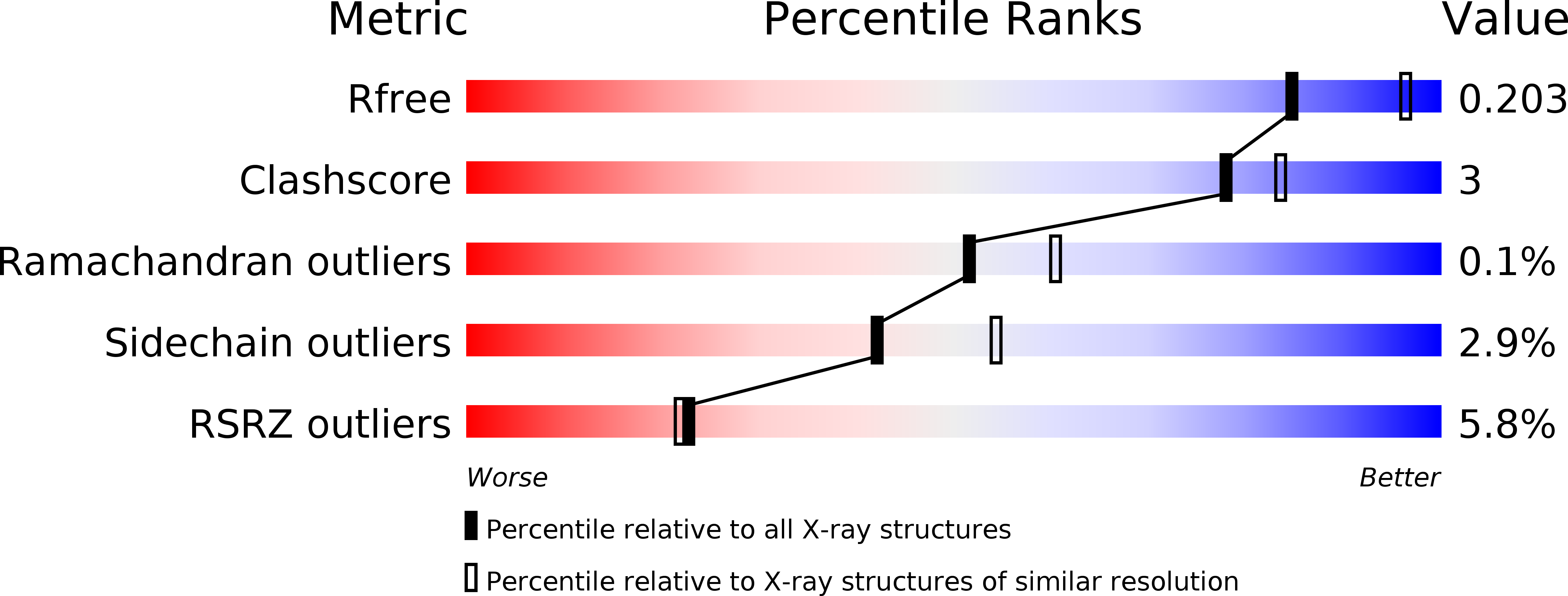
Deposition Date
2018-02-09
Release Date
2019-01-16
Last Version Date
2024-11-13
Entry Detail
Biological Source:
Source Organism:
Ustilago maydis (strain 521 / FGSC 9021) (Taxon ID: 237631)
Host Organism:
Method Details:
Experimental Method:
Resolution:
2.20 Å
R-Value Free:
0.20
R-Value Work:
0.15
R-Value Observed:
0.15
Space Group:
P 2 21 21


